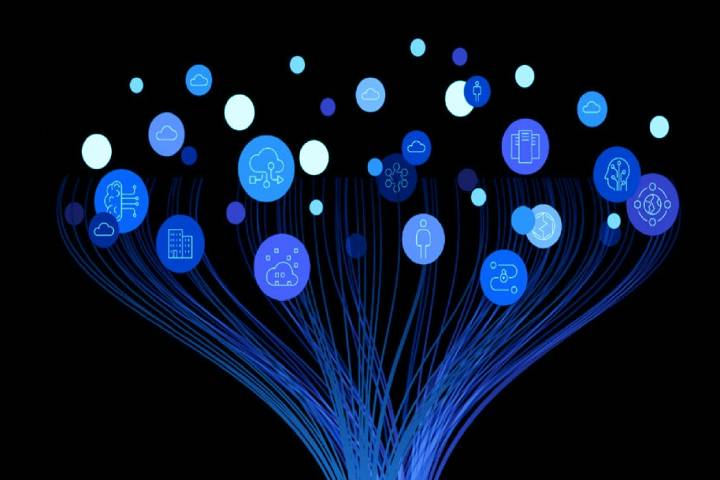Cloud Data Centers Begin To Implement Intelligent Robots

According to Gartner experts, half of cloud data centers will incorporate robots with artificial intelligence and machine learning capabilities in the next four years. This will allow them to improve operational efficiency and address the challenges from the increased server and storage capacity they will have to undertake to meet the growing demand for services.
Cloud data center operators face unprecedented demand for services, which will force them to increase their IT footprint significantly, build new facilities, and rent space to colocation providers in the coming years. This will increase the complexity of monitoring and managing infrastructure, performing maintenance and other jobs, and facing a severe talent shortage, especially in new technologies.
To address these challenges, they are looking for ways to streamline their operations, automating tasks so workers can dedicate their time to higher-value tasks. They are adopting different automation technologies to do this, and one of those that will break into the data center environment is robotics. According to Gartner experts, by 2026, more than half of cloud data centers will adopt robots equipped with artificial intelligence and machine learning, which will allow them to increase their operational efficiency by 30%.
Increasing complexity also increases employees’ time-consuming, routine, and tedious tasks, such as capacity planning, sizing of container environments and virtual machines, or resource management to maximize efficiency. These are fields in which automation can alleviate much of the workload that “data centers are an ideal sector to pair robots and AI to offer a more secure, precise and efficient environment, which requires a lot of less human intervention.” Specifically, it outlines four areas where robots can bring benefits to cloud data centers:
Upgrades And Maintenance: Industrial robots can significantly alleviate the workload of dismantling and destroying old servers, performing these tasks automatically, faster than human operators. And in the case of the cloud, the saving of resources is much more significant because massive updates are carried out very frequently in these facilities, which entail an excellent workload for the workers.
Monitoring: Thanks to the robots equipped with sensors, it is possible to monitor the temperature of the server racks in a more granular way, without having to install hardware in each cabinet, which takes up additional space. In addition, robots dedicated to these tasks can be equipped with other technologies to collect valuable information such as sound and images, making it possible to automatically detect other irregularities that may go unnoticed by technicians, especially if they are overworked.
Security In The Data Center: Cyber and physical security in the facilities is key to protecting the data centers and the workers themselves. In this field, robots can add a layer of physical security through biometric identification technologies, temperature control of people, and even identification of license plates in the parking lot.
Artificial Intelligence And Machine Learning In The Cloud: Mechanical robots provide exciting possibilities for monitoring and operations in data centers, but if you add artificial intelligence and machine learning to the equation, the opportunities multiply. Gartner experts highlight the significant role that the combination of these technologies can play in monitoring and managing IT processes. Thus, the site’s reliability engineers can interact with the platform that manages the facilities through technologies such as natural language recognition that, thanks to machine learning, learn by use to improve efficiency further. And it urges operators to explore the possibilities that robots, AI, and machine learning can offer in the data center environment.
Also Read: Review Of Regulations Around Data Hosted In The Cloud
